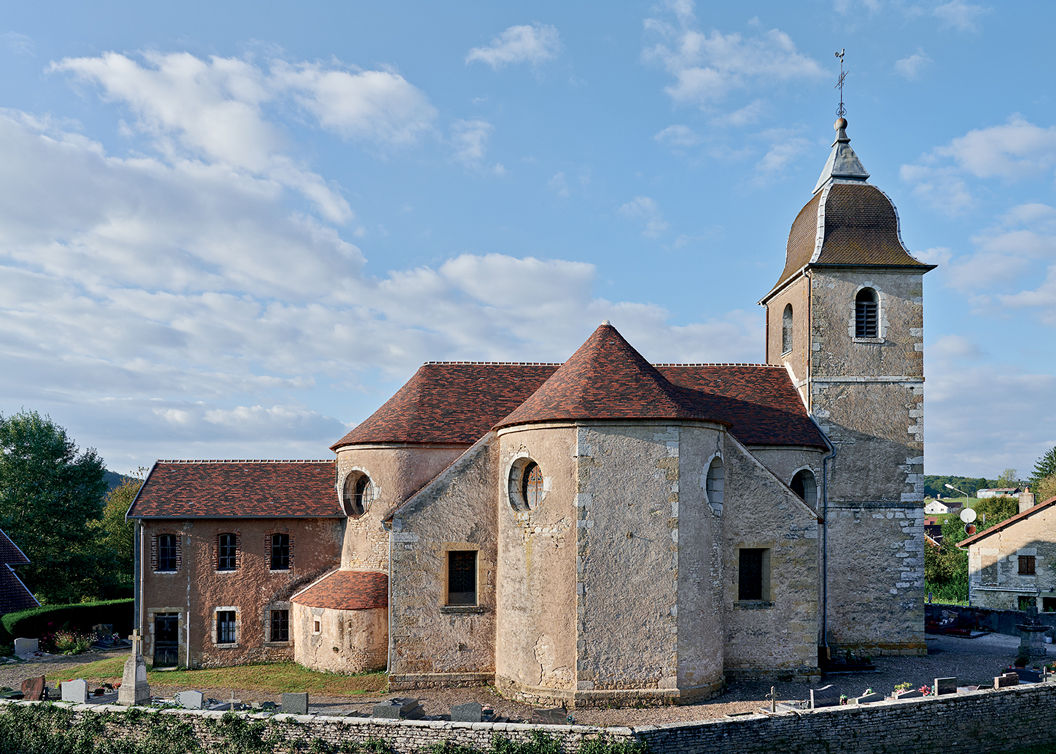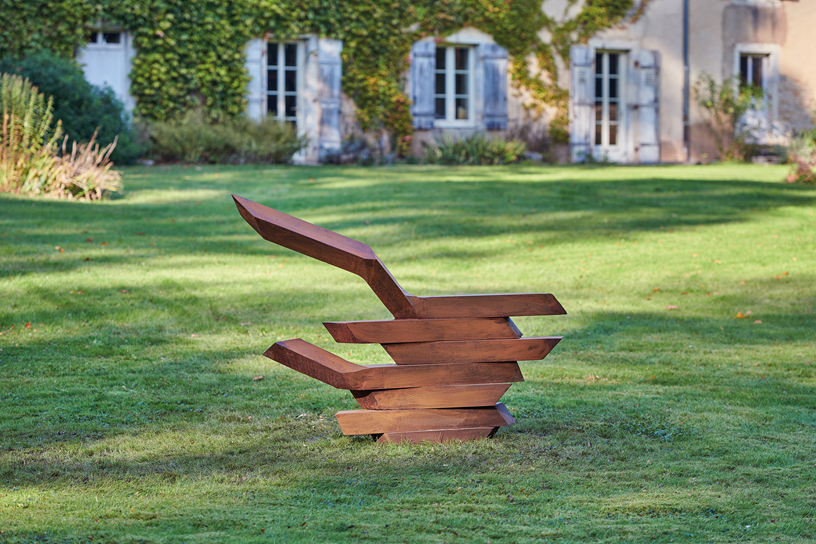Cirey-lès-Bellevaux

Archaeological finds suggest the existence of a large complex of Roman villas on the north-western edge of the village, from which the village may have evolved. The discovery of a Merovingian cemetery near Marloz indicates a continuity of settlement in the area.
Since the early Middle Ages, the history of Cirey has been closely linked to that of the neighbouring monastery of Bellevaux. This monastery was founded in 1119; this first Cistercian monastery in Franche-Comté played an important role in the expansion of the order towards the east. It was not set up on waste ground like other Cistercian monasteries, but on land that had long been cultivated in the basin of former colonies. Until the French Revolution, the fate of the community remained inextricably linked to that of the monastery. In the Middle Ages, Cirey was part of the free county of Burgundy and, within it, the territory of the bailliage of Amont.
From the end of the 13th century onwards, the monastery suffered from warlike conflicts over the free county. During a long period of peace under Spanish-Habsburg rule in the 16th century, the monastery established a forge and later a mill in Cirey. The Thirty Years’ War put an end to this prosperity: Cirey was practically depopulated and only the prior remained in the monastery in 1650. Along with Franche-Comté, Cirey was definitively annexed to France by the Peace of Nijmegen in 1678. This was followed by a long period of peace and a gradual economic recovery. The building activity under the last Abbot of Bellevaux in the 18th century is characteristic of the appearance of the village at that time. The church of Saint-Maurice is a striking testimony to this period. The French Revolution led to the dissolution of the monastery and, with it, the independence of the commune of Cirey.
The sculptor Pascal Coupot lives and works today in this village, next to the Church of Saint-Maurice, classified as a Historic Monument, in the house of a former forge master, where he has set up his workshop as well as several permanent exhibition rooms where his work can be seen. A recognised figurative sculptor in Franche-Comté, he has carried out a dozen public commissions in the region. As part of the sculpture in homage to the German painter Oppenheim: MORITZ AND THE DANCING PICTURE, commissioned from Robert Schad in 2014 by the German town of Hanau, Pascal Coupot created the character of the painter Moritz Daniel Oppenheim.
Pascal Coupot receives by appointment.
pascal.coupot@laposte.net / 06 38 05 59 40
